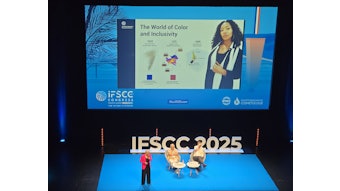
As more countries move towards banning animal testing and more viable replacements to animal testing continue to emerge, Unilever has followed suit with L'Oreal and other entities who have formed research collaborations with the U.S. Environmental Protection Agency (EPA) to develop methods for assessing the safety of consumer products without using animal data.
The new tools will provide a scientific basis for assessing and managing chemical safety and quantifying human health risks for thousands of chemicals.
"If successful, research from this collaboration will result in better ways to evaluate the potential human health effects of new ingredients and chemicals we currently know little about," said Russell Thomas, director of EPA's National Center for Computational Toxicology. "These methods could be used by both industry and governmental agencies to reduce the costs associated with safety testing and accelerate the pace of chemical risk assessment."
According to Unilever, it is contributing over $800,000 and its scientific expertise to help generate and integrate new exposure data to develop a model approach for high throughput risk assessments that include both hazard and exposure predictions.
The collaboration will use data from EPA’s ToxCast program and the affiliated Tox21 consortium, which is a collaboration among EPA, the National Institutes of Health (NIH) and the Food and Drug Administration (FDA). It aims to incorporate elements that have been previously missing from the automated chemical screening approach such as tools for incorporating metabolism of the test chemicals and a more comprehensive evaluation of the human biological pathways that can be affected.
"This research collaboration is strategically very important for Unilever’s long-held ambition to eliminate the need for any animal testing while also continuing to ensure the safety of consumers and our environment," said Julia Fentem, vice president of Unilever’s Safety and Environmental Assurance Center.
"If we had robust scientific tools to accurately and rapidly predict exposures to chemicals at the cellular and molecular levels within the human body, this would be a huge step forward in being able to conduct safety risk assessments without using animal data," Fentem added.










